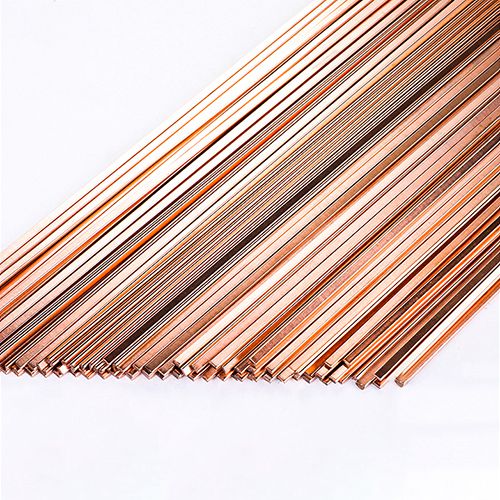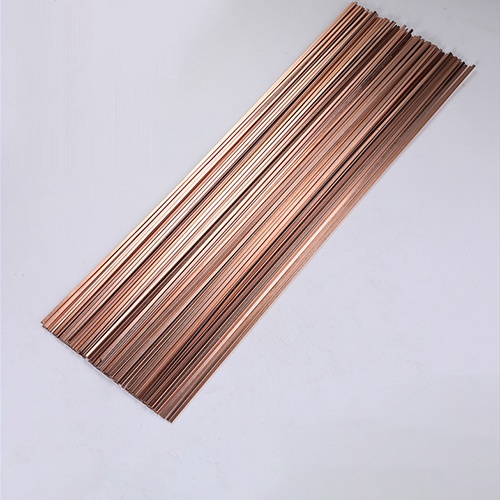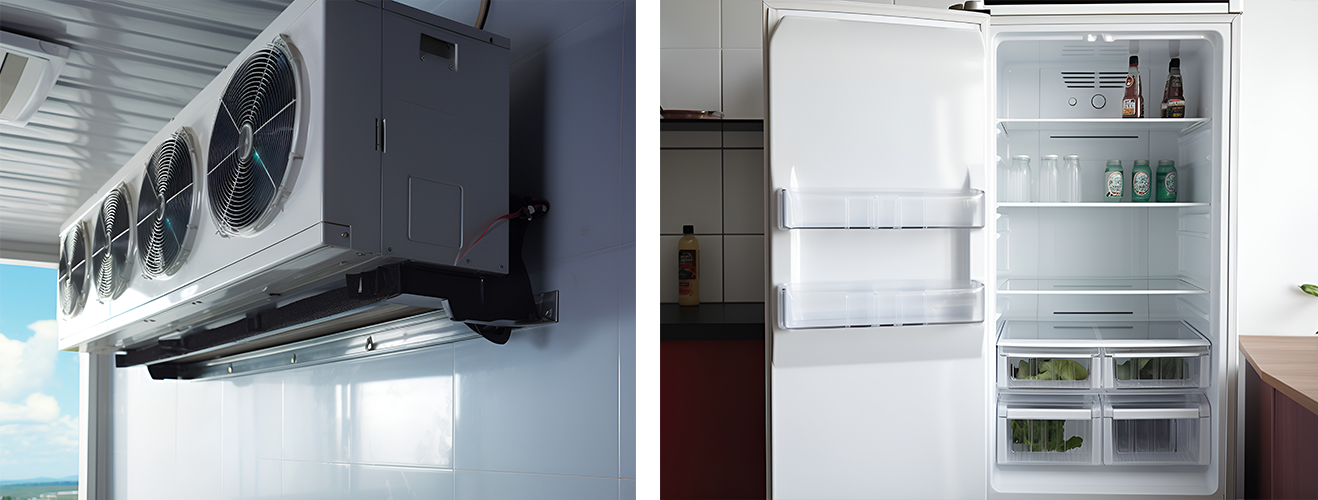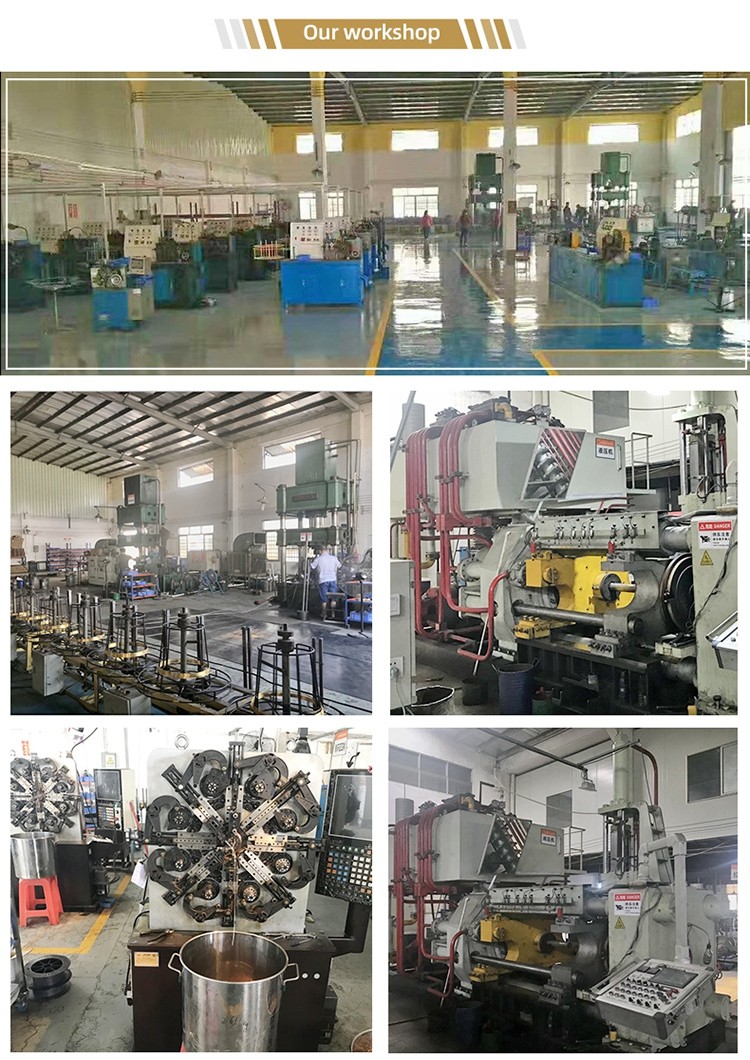Silver Phosphorus Copper Brazing Rods is a solder used for welding copper and its alloys, usually provided in rod form. In modern industrial manufacturing, Silver Phosphorus Copper Brazing Rods have become the material of choice for many manufacturers and engineers due to their excellent welding performance and wide range of applications. They are suitable for joining a variety of metal materials.
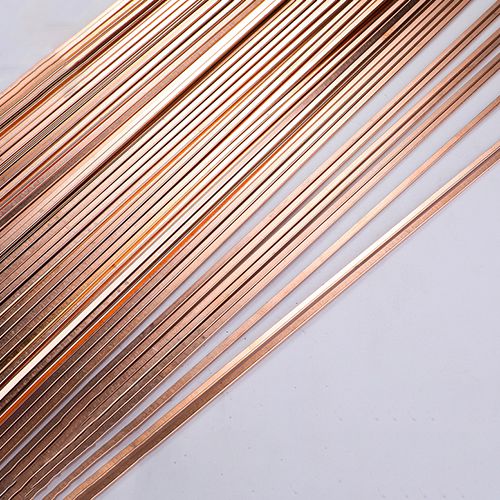
| BrazingAlloys | AWS | Chemical Composition(%) | Solidus | Liquidus | Main Uses | |||||||
| Ag | Cu | P | Zn | Sn | Other | F | ℃ | F | ℃ | |||
| BCu93P | BCuP-2 | / | 93 | 7 | / | / | / | 1310 | 710 | 1460 | 795 | Suitable for copper and copper alloy,with good fluidity. |
| BCu86P | / | / | 86 | 7 | / | 7 | / | 1134 | 657 | 1270 | 687 | Mainly used for brazing of hard alloy cutter |
| BCu91PAg | BCuP-6 | 2 | 91 | 7 | / | / | / | 1190 | 645 | 1450 | 785 | Mainly used for brazing ferrous metals, nickel-based alloys and Cu-Ni alloys; it has good fluidity. |
| BCu89PAg | BCuP-3 | 5 | 89 | 6 | / | / | / | 1190 | 645 | 1325 | 720 | |
| BCu88PAg | BCuP-4 | 6 | 86.7 | 7.3 | / | / | / | 1190 | 645 | 1275 | 690 | |
| BCu80PAg | BCuP-5 | 15 | 80 | 5 | / | / | / | 1190 | 645 | 1300 | 705 | |
| BCu75PAg | BCuP-6 | 18 | 75.5 | 6.5 | / | / | / | 1190 | 645 | 1190 | 645 | |
Self-wetting
Silver Phosphorus Copper Brazing Rods contain phosphorus, which acts as a flux during the welding process, which can reduce the need for additional flux during welding. This self-wetting property makes the welding process easier and reduces the cleaning work after welding.
Good flowability
Silver Phosphorus Copper Brazing Rods has good flowability and can flow into welds with small gaps. This property makes it particularly suitable for welding closely fitting parts, ensuring the integrity and strength of the welded joint.
Corrosion resistance
Silver Phosphorus Copper Brazing Rods welded joints have good corrosion resistance, especially in non-sulfur environments. This makes it ideal for many industrial applications, especially where long-term stability is required.
Multiple Alloy Options
Silver Phosphorus Copper Brazing Rods are available in a variety of alloy options, including silver-containing and silver-free alloys. Silver-containing alloys generally have better fluidity and toughness, suitable for applications that require higher strength and durability.
Low Melting Point
Silver Phosphorus Copper Brazing Rods have a relatively low melting point, usually between 645°C and 800°C. This low melting point minimizes thermal stress and deformation during welding, making it particularly suitable for welding heat-sensitive components.
Electronic Industry
In the electronics industry, Silver Phosphorus Copper Brazing Rods are used to weld copper circuit boards and electronic components. Its low melting point and good fluidity allow it to precisely connect small electronic components while reducing thermal damage.
Automotive Manufacturing
In automotive manufacturing, Silver Phosphorus Copper Brazing Rods are used to weld copper pipes and fittings. Its high strength and corrosion resistance ensure the reliability of automotive cooling and braking systems.
Home Appliances
In the manufacture of home appliances, Silver Phosphorus Copper Brazing Rods are used to connect copper pipes and components. For example, in the manufacture of refrigerators and air conditioners, it is used to weld copper pipes to ensure the sealing and durability of the refrigeration system.
Aerospace
In the aerospace field, Silver Phosphorus Copper Brazing Rods are used to weld high-precision copper alloy parts. Its good fluidity and high strength enable it to meet the strict material requirements of the aerospace industry.
Construction Industry
In the construction industry, Silver Phosphorus Copper Brazing Rods are used to weld copper pipes and decorative parts. Its corrosion resistance and aesthetics make it an ideal choice for building decoration and water supply and drainage systems.
Daily Cleaning
The cleaning of Silver Phosphorus Copper Brazing Rods is relatively simple. After welding, wipe the welding area with a damp cloth to remove residual flux and stains. For difficult-to-clean areas, a soft-bristled brush can be used for local cleaning.
Regular inspection
Regularly check the integrity and stability of the welding joints to ensure that there are no cracks or looseness. If problems are found, they should be repaired or replaced in time to ensure the safety and reliability of the welding joints.
Protective measures
During cleaning and maintenance, avoid scratching the welding joints with hard objects to avoid damaging their surfaces. At the same time, avoid long-term exposure to humid or corrosive environments to prevent rust and corrosion.
